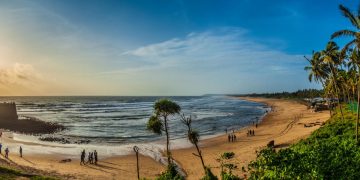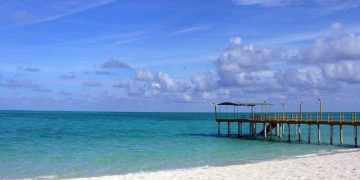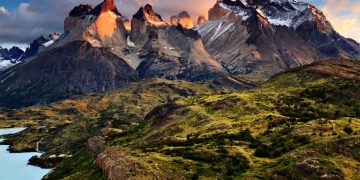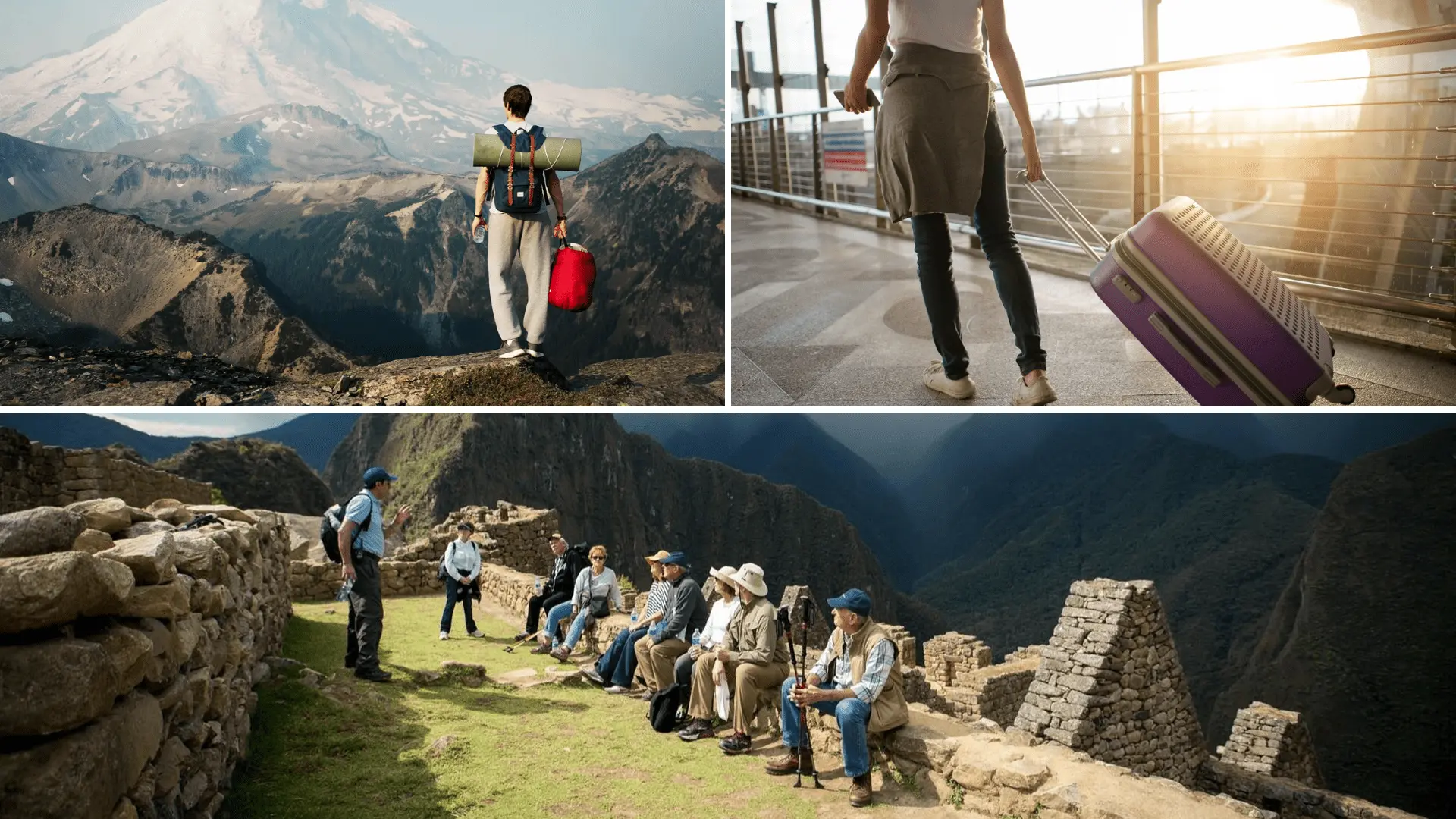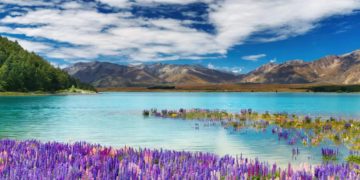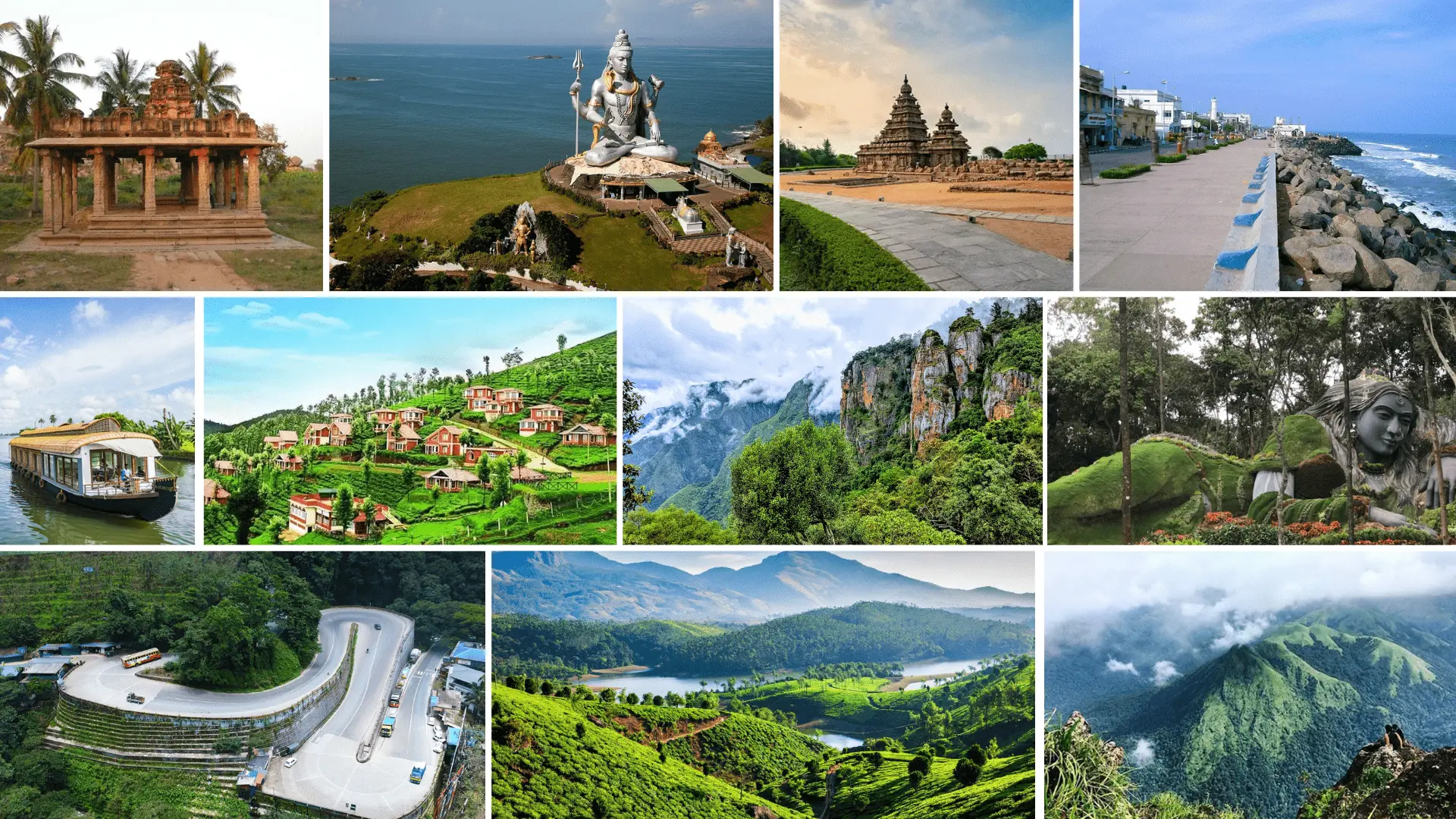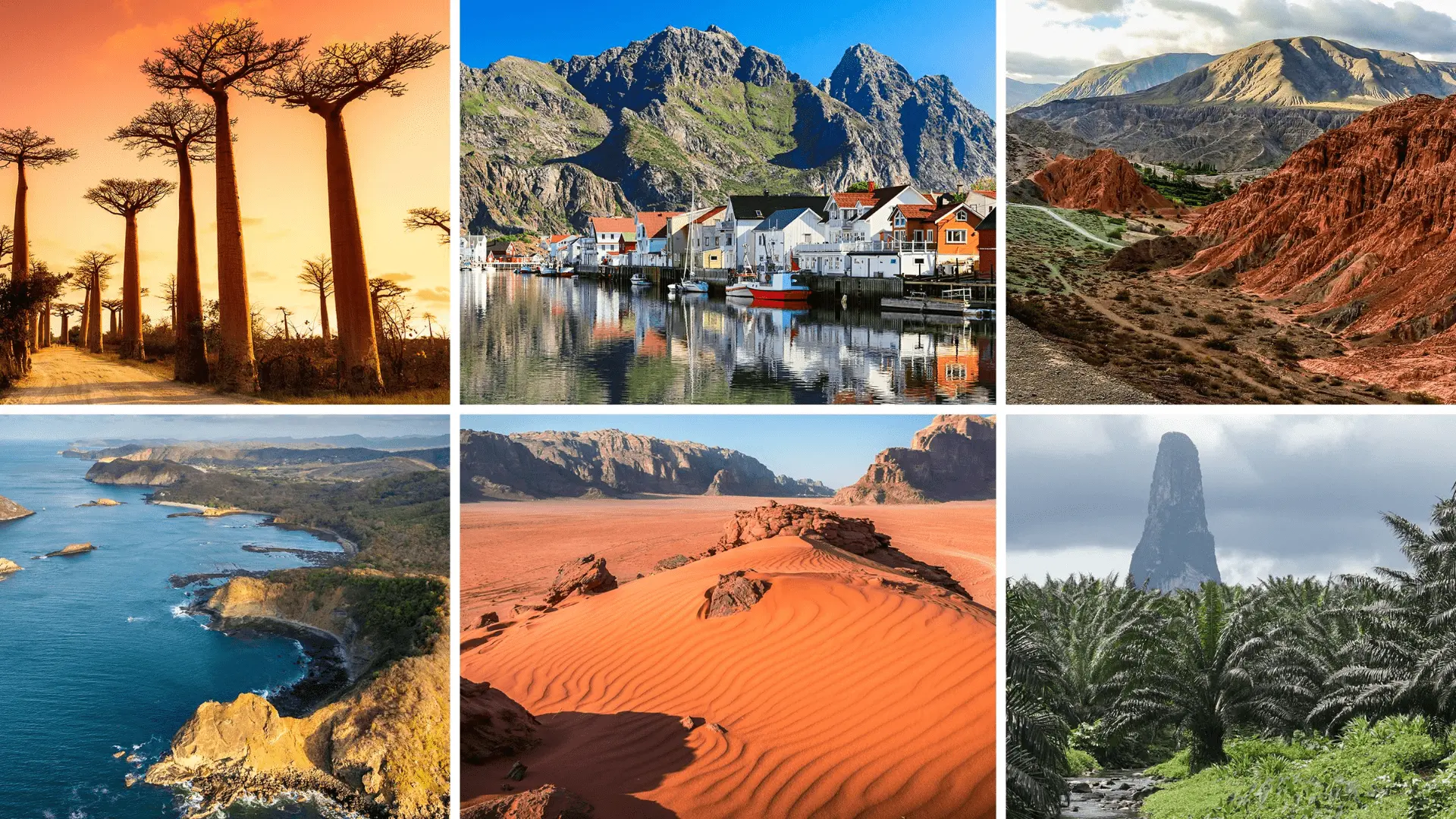The world is full of breathtakingly beautiful and awe-inspiring places that are rarely seen by humans and yet to be discovered hidden from the sight of humans. From the depths of the Amazon rainforest to the icy tundras of the Arctic Circle, countless locations are both wild and remote, beautiful and dangerous. Let’s explore some of the most stunning places of the world’s wildest places, highlighting the beauty and majesty of these untamed regions that Earth has hidden in.
The Last Wild Places on Earth
The world’s wildest places are those that are least affected by human activity and are often found in remote and inaccessible locations. These places are home to a diverse range of flora and fauna that are adapted to harsh conditions and are often found nowhere else on Earth as they feel safe and unharmed here. The last wild places on earth are a reminder of the beauty and power of nature and the importance of preserving these areas for future generations.
Wildest Place Meaning
The term “wildest place” refers to a location that is characterized by its rugged and untamed nature. This can include places such as mountains, forests, deserts, and oceans that are untouched by human activity. The wildest places on earth are often the most remote and inaccessible, making them difficult to reach and explore or have unexplored or harmful creatures or they can be most beautiful but dangerous to reach.
Wild Places to Travel
For those who love adventure and the great outdoors instead of sitting at home and regulating the routine, there are many wild places to travel to around the world. From the Amazon rainforest to the Himalayas, countless locations offer breathtaking scenery and opportunities to experience the beauty of nature. Whether you are a seasoned traveler or just starting out, there are many wild places to visit that are sure to leave you in awe.
Wildest Travel Destinations
Some of the wildest journey destinations in the world consist of:
- Amazon Rainforest: The Amazon rainforest is one of the most far-off and inaccessible locations on Earth, protecting over 5.5 million rectangular kilometers across 9 countries in South America. The Amazon is home to an extremely good array of flora and fauna, consisting of hundreds of species of plant life and animals that might be observed nowhere else on Earth.
- Himalayas: The Himalayas are a mountain range in Asia that is domestic to a number of the most far-off and inaccessible locations on Earth. The Himalayas are acknowledged for their breathtaking scenery and are a popular vacation spot for trekkers and journey seekers.
- Arctic Circle: The Arctic Circle is an area of the sector that is characterized by its harsh and unforgiving climate. The Arctic Circle is domestic to some of the maximum faraway and inaccessible places on Earth, consisting of the North Pole and the Arctic Ocean.
- Deserts: Deserts are some of the most remote and inaccessible places on Earth, characterized by using their harsh and unforgiving climate. The deserts of the sector encompass the Sahara Desert in Africa, the Mojave Desert in North America, and the Gobi Desert in Asia.
- Oceans: The oceans are a number of the maximum remote and inaccessible places on Earth, masking over 70% of the planet’s surface. The oceans are home to an extraordinary array of marine existence, inclusive of coral reefs, fish, and different sea creatures.
Most Remote Wilderness in the World
Some of the most remote wilderness in the world include:
- Patagonia: Patagonia is an area of South America that is acknowledged for its far-off and inaccessible wilderness. Patagonia is home to a number of the most stunning and untouched landscapes on Earth, which include the Torres del Paine National Park in Chile and the Los Glaciares National Park in Argentina.
- Alaska: Alaska is a nation within the United States that is regarded for its far-off and inaccessible wasteland. Alaska is home to some of the most stunning and untouched landscapes on Earth, which include the Denali National Park and Preserve and the Wrangell-St. Elias National Park and Preserve.
- New Zealand: New Zealand is an island kingdom in the Pacific Ocean that is recognized for its remote and inaccessible desolate tract. New Zealand is home to a number of the most beautiful and untouched landscapes on Earth, such as the Fiordland National Park and the Tongariro National Park.
- Iceland: Iceland is a rustic in Europe that is known for its remote and inaccessible barren region. Iceland is home to some of the most lovely and untouched landscapes on Earth, which include the Vatnajökull National Park and the Þingvellir National Park.
- Antarctica: Antarctica is a continent in the Southern Hemisphere that is known for its far-flung and inaccessible desolate tract. Antarctica is domestic to some of the maximum stunning and untouched landscapes on Earth, together with the Antarctic Peninsula and the South Pole.
The most remote wilderness areas in the world are:
- Tarkine Rainforest, Tasmania: Located in the northwest corner of Tasmania, this ancient and pristine wooded area desert is often called the forgotten wasteland It is domestic to wild rivers, secret waterfalls, large tree ferns, uncommon birds, and the close-to-extinct Tasmanian satan.
- Knoydart Peninsula, Scotland: This rugged and remoted peninsula within the Highlands of Scotland is often defined as the ultimate barren region in Scotland. It is out there most effective by boat or strolling and gives exhilarating mountain passes, sandy inlets, and lovely scenery.
- Salar de Uyuni, Bolivia: This lovely salt flat in the southwest of Bolivia is the most important in the global, covering three,860 rectangular miles. It is a lunar-like landscape that is fantastically barren and directly out of sci-fi-relevant casting.
- Sossusvlei, Namibia: This apricot-colored dune area within the southern part of the Namib barren region is a natural paradise. It is home to white salt pans, stark seashores, and far-flung wilderness regions.
- Great Bear Rainforest, British Columbia, Canada: This temperate rainforest in British Columbia is one in of the largest last tracks of rainforest left in the international. It is domestic to historic crimson cedar cathedrals, glacier-fed fjords, and wooded islands.
- Kakadu National Park, Northern Territories, Australia: This untamed Outback barren region within the Northern Territories is domestic to rock art, wetlands, gorges, and stunning escarpment surroundings.
- Ittoqqortoormiit, Greenland: This harsh and far-off settlement in Greenland is one of the hardest locations on this planet to reach. It is domestic to snow-capped mountains, the Arctic Ocean, and the Northern Lights.
- Kerguelen Islands, South Indian Ocean: This wild archipelago inside the southern Indian Ocean is called the Desolation Islands because of its far-flung and cruel landscape. It is home to French scientists and the nearby natural world, which includes penguins and seals.
- Rub al Khali, Saudi Arabia, Oman, UAE, and Yemen: This largest contiguous sand wilderness within the globe is 250,000 square miles of dunes which are in large part unvisited. It is domestic to scorpions, the occasional fowl, and a camel carcass.
- Madagascar: This island off the coast of Mozambique is one of the international’s most biodiverse islands, with unique geographical formations, massive baobab trees, and lemurs.
These far-flung wasteland regions offer a threat to revel in the beauty and power of nature in a number of the most untouched and remote areas on Earth.
Conclusion
The world’s wildest places are a reminder of the beauty and power of nature and the importance of preserving these areas for future generations. Whether you are a seasoned traveler or just starting out, there are many wild places to visit that are sure to leave you in awe. From the Amazon rainforest to the Himalayas, there are countless locations that offer breathtaking scenery and opportunities to experience the beauty of nature.

